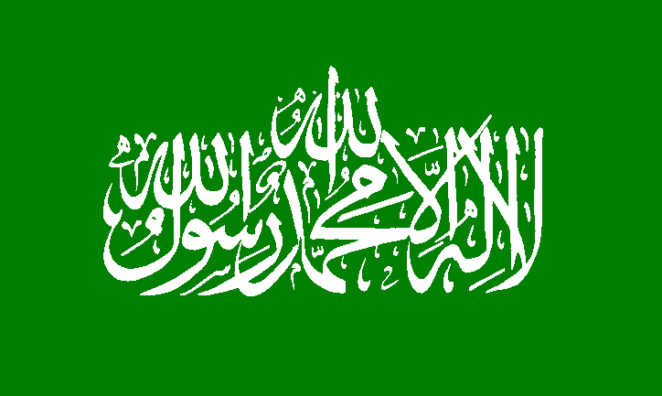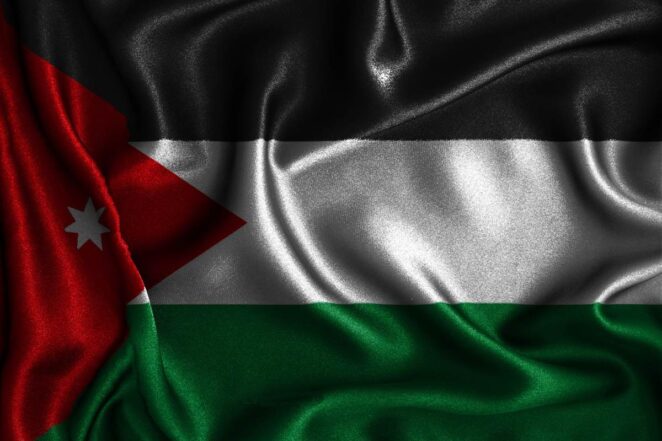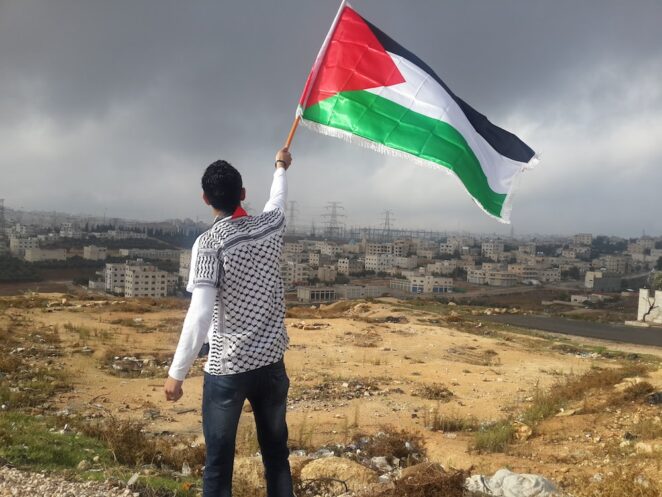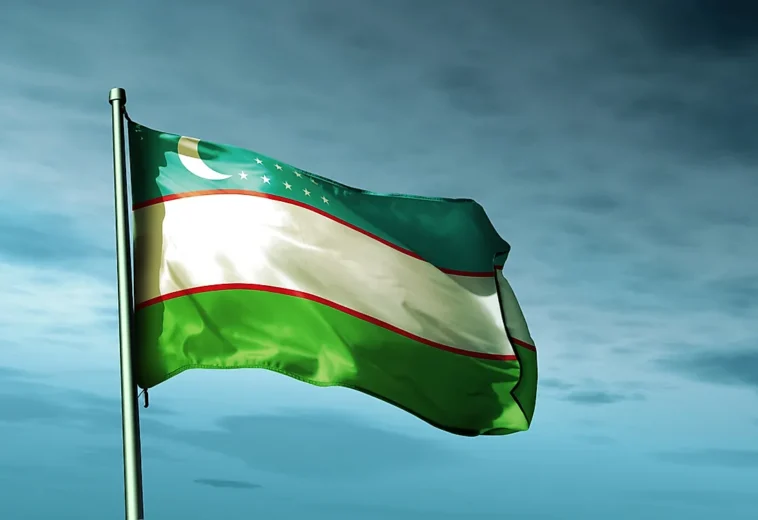This is a common observation that many Muslim countries of the world, including Saudi Arabia and Pakistan, have green and white colors on their flags. The color green is especially used in all major flags.
While we see some stripes and symbols on countries’ flags, they have their own symbolism and meanings. According to a recent blog on Research Prospect, symbolism helps you represent an idea and allows people to go beyond what they have seen or created.
So what do the two colors represent in Muslim nations, and why do all the major Muslim countries have green and white flags?
What Does the Green And White Flag Represent In Islam?
The green color is the color most associated with Islam. It is meant to be the favorite color of Prophet Muhammad and is mentioned in the Holy Quran as well. It is also considered to be the color worn by the inhabitants of the paradise.
White, on the other hand, is considered to be the color of peace and purity and Islam. It is the second most associated color with Islam. White color is also worn by thousands of pilgrims every year while performing Hajj.
You will notice many green and white flags in countries due to the significance of the two colors in the religion.
Top Muslim Countries With Green And White In Their Flags

While many countries all over the world have green and white flags, we have created a list of the top Muslim countries with green and white in their flags and what they represent. Please note that many countries have had different versions of their flags in the past, and these show the current.
1. Saudi Arabia
Saudia Arabia has a completely green and white flag, with its major portion represented in green and the sword and shahada written in white color. The green color in the flag represents Islam, and the sword represents the strictness in the implementation of justice. The flag is always manufactured in a way that the obverse and reverse sides are the same so that the shahada is read in the right manner.
2. Pakistan
Pakistan also has a totally green and white flag. There is a crescent moon and a star in white colour placed on a green background. The flag beautifully represents the majority of Muslims in green, and the white represents the various minorities living in the country. The combination of the start and crescent also represents the symbol of Islam. The crescent depicts progress, and the star represents light and knowledge.
3. Algeria
The national flag of Algeria consists of two equal green and white bars and a red star and crescent on the top. The flag ideally represents that it is a Muslim country and symbolizes Algeria’s prominent faith. Green defines Islam, white depicts peace, and the red color of the crescent is a representation of the blood of those lost fighting for independence in the Algerian war.
4. Iran
The national flag of Iran, Parčam-e se range Irân, is a tricolor flag. There are equal bands of green, white, and red. There is Allah calligraphed in the center, and the takbeer, Allahu Akbar, is written 11 times on both ends of the white color. The colors are traditional. The green represents Islam, the white represents peace, and the red is a beautiful depiction of courage. The aspect ratio of the flag is set at 4:7. The flag of the Islamic Republic of Iran has come a long way, and this version of the flag was constructed in the 1980s.
5. Jordan

The flag of Jordan has Pan-Arab colors. The flag has three equal bands of black, green, and white connected by a red triangle, or in the flag terminology, a chevron. The black showcases the Abbasid Caliphate, the white represents the Umayyad, and the green depicts the Fatimid Caliphate. The red chevron is the representation of the Hashemite dynasty and the Arab Revolt. The star on the chevron symbolizes the unity of the Arab people. The star has seven points which are a direction to the seven verses of Surah Al-Fatiha and the seven hills on which Amman was built.
6. Kuwait
The Kuwait flag has a flag similar to many other Arab countries, with four standard colors. Green represents the Fatimid dynasty and the fertile land of the Arabs; White is for the Umayyad dynasty and symbolizes purity and noble deeds. Red is for the Hashemites with the representation of the blood on the swords of Arab Warriors. Black showcases the Abbasid dynasty and the defeat of enemies in the battle.
The meaning of the colors was taken from a poem by Safie Al-Deen Al-Hali. White is our deeds; black is our battles; red is our swords, and green is our lands.
7. Palestine
The Palestinian flag has three equal portions of black, green, and white with a red triangle overlaying. The Pan-Arab colors are a representation of the State of Palestine and the people of Palestine. It is very similar to the flag of many other Arab flags that represents the Arab Revolt against Ottoman rule. The flags are similar, but just the orientation and placements are different.

8. UAE
The flag of the United Arab Emirates contains Pan-Arab colors: red, green, black, and white. The flag is a symbol of the unity of the Arab countries. Just like the other Arab flags, the red represents the Hashemite dynasty and courage, blood, and unity. The white color is a depiction of the Umayyad dynasty with cleanliness, honesty, and purity. The green shows the Fatimid dynasty and prosperity and optimism. Finally, the black is for the Abbasid dynasty, solidarity, and defeat of the enemies.
Other notable Muslim countries with green and white flags include Maldives, Sierra, Uzbekistan, Oman, etc. the main symbols of the colors remain the same – Islam and peace.




